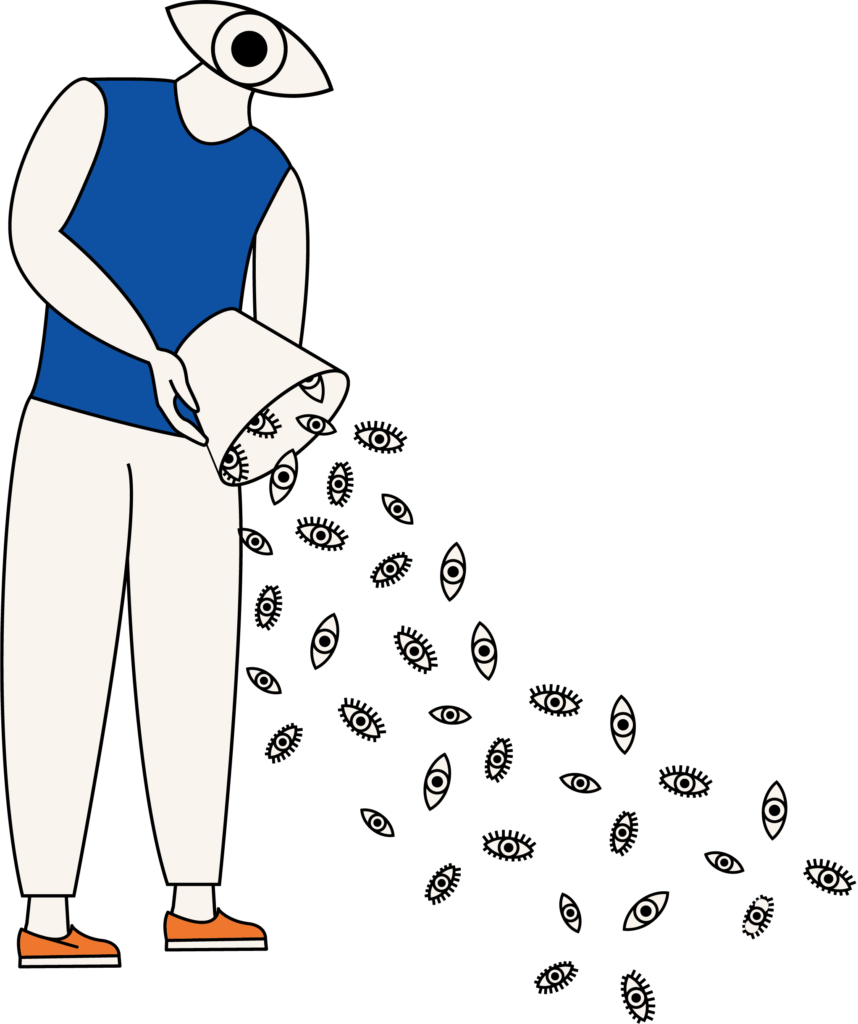

Line 2 will systematically test the effectiveness of inclusivity norms in promoting tolerance, dialogue, and willingness to collaborate, both in adult and adolescent samples. In experimental Study 2a (German adult sample; N=280) and 2b (Polish adult sample; N=280), we test the most effective (combination of) ingredients of inclusivity norms on tolerance, contact, and collaboration. We will contrast four experimental conditions (condition 1: norms promoting tolerance; condition 2: norms promoting tolerance and dialogue; condition 3: norms promoting tolerance, dialogue, and unity; condition 4: baseline, no norm manipulation). In Study 2c (N=280), we will replicate this experiment using a sample of German adolescents, which is the population targeted in WP5. In Study 3a (German adult sample; N=252) and 3b (sample of German adolescents; N=252), we will test inasmuch the sources of normative information and strength of identification with the ingroup and the superordinate category influences the effectiveness of inclusivity norms. We will manipulate the source of normative information (ingroup vs. outgroup vs. superordinate level source). Finally, in Study 4a (German adult sample; N=280) and Study 4b (sample of German adolescents; N=280), we will test and assess the effectiveness of descriptive and injunctive inclusivity norms comparing four experimental conditions (condition 1: descriptive norm; condition 2: injunctive norm; condition 3: descriptive plus injunctive norm; condition 4: baseline).
In Line 3, we conduct three experimental studies that focus on situational and personal factors (such as social threats and personal motives) that modulate conformity to inclusivity norms. In Study 5 (N=500), we assess the impact of experimentally manipulated inclusivity norms on perceptions of and attitudes towards outgroup members as well as behavioral intentions (e.g., willingness to collaborate with outgroup members).
Intergroup relations will be assessed regarding polarizing social issues (e.g., abortion law, attitudes towards the EU). As a moderating (i.e., boundary) variable, we will assess perceived threat to basic social motives (e.g., belonging, control, certainty). A pilot study will be administered to identify the context, which imposes a vivid threat to personal motives (e.g., threats experienced as the aftermath of the pandemic; see. Based on previous research, we predict that high threat can enhance conformity to inclusivity norms. In Study 6 (N=360), we plan to manipulate experimentally the salience of inclusivity norms and the salience of social threats, in a 2 (norm vs. no norm conditions) × 2 (threat salience: high vs. low) study design.


Threat saliency manipulation will be administered using fictitious vignettes (articles describing high vs. low threat related to present social events identified in the previously administered pilot study). The key outcome variables as defined in the pilot studies will be assessed. We predict that norm conformity will be higher in contexts where threat and inclusivity norms will be salient than in contexts of low threat but also in contexts where the norm is not salient. Additionally, we will examine whether in polarized social settings, the effects on norm conformity are stronger for descriptive or injunctive inclusivity norms. In Study 7 (N=360), we aim to replicate the results of the previous two studies in a semi-intervention context, in which student participants will form small task groups and the information about the new ingroup norm will be randomly presented either by social referent ingroup members (injunctive norm) or based on information of what percentage of the newly formed group is willing to follow the norm (descriptive norm). An injunctive or descriptive inclusivity norm will be made salient either in a threatening or non-threatening context. Threat will be manipulated by inducing a sense of high vs. low personal control over the outcomes of individual actions. We expect higher norm conformity in a threatening context, because acting in line with group norms can serve as a means to restore a sense of control and certainty.